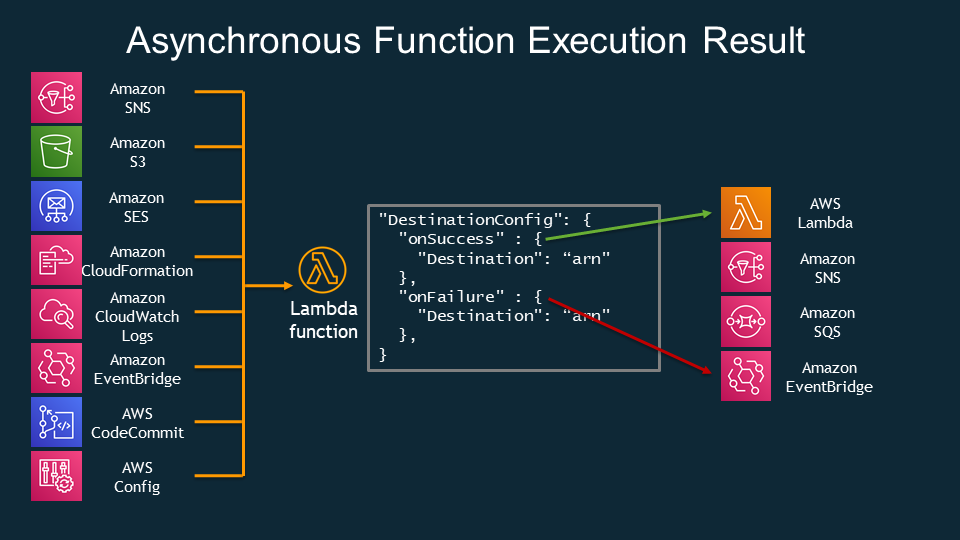Serverless Solutions Made Simple: A Step-by-Step Guide to AWS Lambda Implementation 🛜
Introduction
Serverless computing has revolutionized the way we develop and deploy applications, offering scalability, cost-efficiency, and reduced operational overhead. AWS Lambda, a key player in the serverless landscape, allows developers to run code without provisioning or managing servers. In this guide, we’ll delve into implementing serverless computing with AWS Lambda, covering essential concepts, implementation steps, code examples, and real-world use cases.

Understanding AWS Lambda
AWS Lambda is a compute service that runs your code in response to events and automatically manages the compute resources required for execution. Key features of Lambda include:
Pay-per-use billing model: You’re billed only for the compute time consumed by your code.
Support for multiple programming languages: Lambda supports popular languages such as Python, Node.js, Java, and more.
Integration with AWS services: Easily trigger Lambda functions in response to events from various AWS services like S3, DynamoDB, API Gateway, and more.
Scalability and high availability: Lambda automatically scales to handle incoming requests and ensures high availability without any intervention from the developer.
Getting Started with AWS Lambda
Create an AWS Account: If you haven’t already, sign up for an AWS account at https://aws.amazon.com/ and navigate to the AWS Management Console.
Access Lambda Console: In the AWS Management Console, search for “Lambda” and click on the Lambda service to access the Lambda console.
Create a Lambda Function: Click on “Create function” to begin creating a new Lambda function. Choose a runtime (e.g., Node.js), and configure the function settings such as name, role, and permissions.
Write Function Code: In the code editor, write your Lambda function code. You can use the provided editor or upload a ZIP file containing your code.
Configure Triggers: Define triggers for your Lambda function. This could be an event from an AWS service, an HTTP request via API Gateway, or a custom event source.
Test and Deploy: Test your Lambda function using the integrated testing feature. Once satisfied, deploy the function by clicking “Save” and then “Deploy”.
Example: Creating a Simple Lambda Function
Let’s create a basic Lambda function that prints a message when invoked.
exports.handler = async (event) => {
console.log('Hello from AWS Lambda!');
return 'Hello from Lambda';
};
In this example, exports.handler defines the entry point for the Lambda function. The function logs a message to the console and returns a response.
Use Cases for AWS Lambda
Data Processing: Process data from various sources such as S3, DynamoDB, or Kinesis streams in real-time.
Backend for Web and Mobile Apps: Implement backend logic for web and mobile applications without managing servers.
Scheduled Tasks: Execute tasks on a schedule using AWS CloudWatch Events to trigger Lambda functions.
Real-time Image and Video Processing: Perform image or video processing tasks such as resizing, transcoding, or object detection in real time.
IoT Data Processing: Handle IoT device data streams for analytics, monitoring, and alerts.
In this guide, we’ve covered the fundamentals of implementing serverless computing with AWS Lambda. By leveraging Lambda, developers can build scalable, cost-effective, and highly available applications without the overhead of managing servers.
With its seamless integration with other AWS services and support for multiple programming languages, Lambda empowers developers to focus on building innovative solutions while AWS takes care of the underlying infrastructure. Start exploring the possibilities of serverless computing with AWS Lambda and unleash the full potential of your applications.
This comprehensive guide provides a detailed walkthrough of implementing serverless computing with AWS Lambda, covering essential concepts, steps, code examples, and real-world use cases. Whether you’re a beginner or an experienced developer, this guide equips you with the knowledge to leverage the power of serverless computing in your projects.